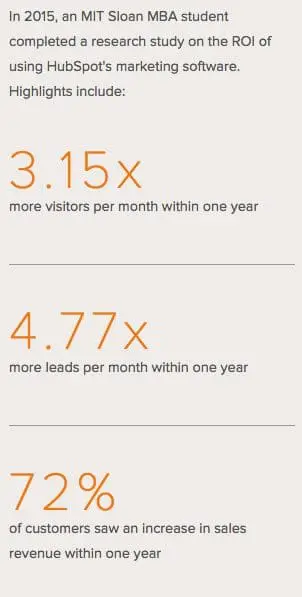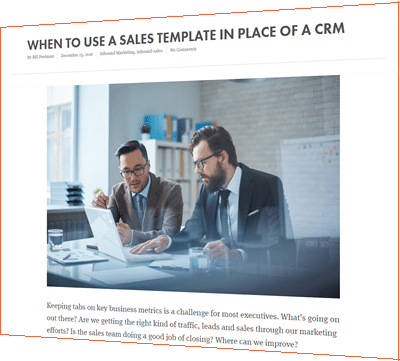Marketers often balk at calculating return-on-investment (ROI). .. maybe because it has been so difficult to do in the past. Maybe because they simply don’t want to be accountable to their clients for an ROI.
We measure everything, and insist on tracking our clients’ inbound marketing ROI. We think it’s ultimately the only way we can measure our success!
Because we’re measurement “freaks”, we always have plenty of data to use for calculations, and all of our data is 100% available to our clients at all times. (Basicly, we give them full access to our analytics platform.) So while we can “slice and dice” a lot of different ways, calculating ROI is very straight-forward and easy to do.
Calculating Inbound Marketing ROI
 The above formula is much easier than it looks, and you can compute it in three easy steps:
The above formula is much easier than it looks, and you can compute it in three easy steps:
- Determine the total lifetime value (LTV) of a customer/client. For example, if you’re a tax preparer and your service costs an average of $1000 and you keep your clients for 6 years, the lifetime value of a client is $6,000.
- Determine the inbound marketing investment (I) to acquire a new customer/client. Divide the total dollars you’ve spent on inbound marketing (say $3,000) by the number of leads (L) those activities have generated (let’s say 20). Then multiply that figure by the number of leads needed before a sale closes (Ls->S). Let’s say that’s 5. The calculation then looks like this:
($3,000/20) x 5 = $750 - Subtract the total dollars you’ve invested for inbound marketing from the customer LTV and divide by the investment (I). This give you the following equation:
($6,000 – 3,000) / $750 = 4Multiply this by 100 to get a 400% ROI.





